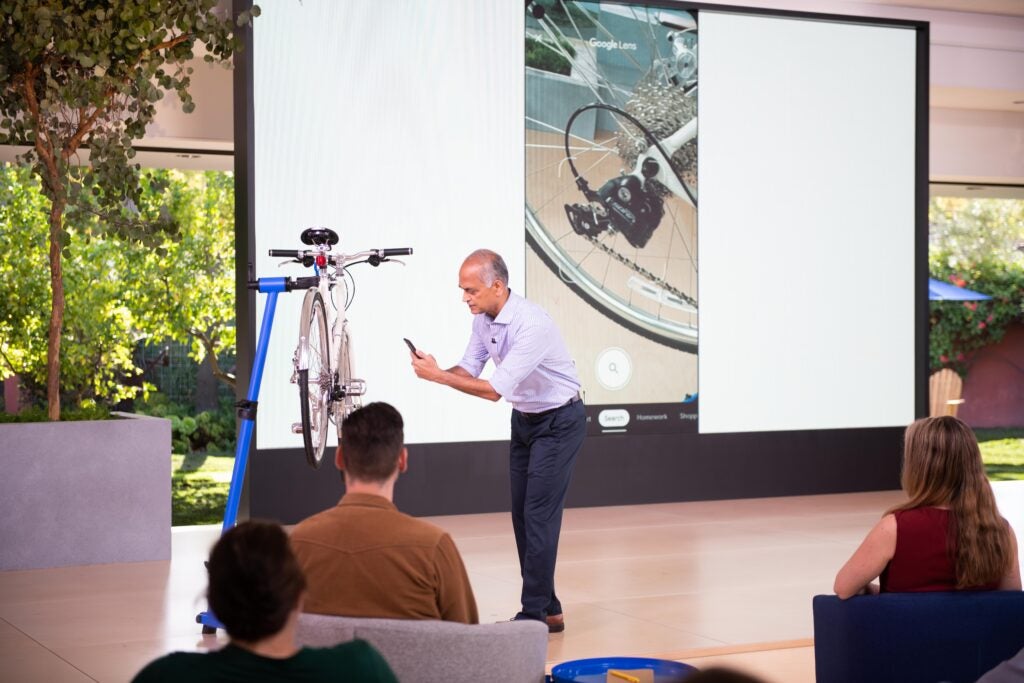Lab-grown neurons were transplanted into the brains of rats with damaged visual cortexes. After two months, the neurons responded when the rats saw flashing lights

A rat brain (red) with a grafted human brain organoid (green)
Jgamadze et al.
Human neurons have been integrated into the brains of adult rats with damaged visual cortices and have even taken over some of the functions of the organs’ visual system.
Isaac Chen at the University of Pennsylvania and his colleagues wondered if transplanting a clump of lab-grown neurons, called organoids, into the brains of rats with damaged visual cortices would restore any of the area’s function.
They first cultured human stem cellswhich can develop into many different types of cells, for 80 days so that they formed a three-dimensional tissue culture of brain cortex cells. These make up the outer layer of the brain and play a key role in several functions, such as vision.
Advertisement
Next, the team removed a portion of the visual cortex in 46 rats, before transferring the organoids to these damaged cortices.
The rats were studied for three months. After two months, the organoids started to show a neuronal response. This was measured by putting an electrode into a transplanted organoid while the rat watched a series of images on a screen.
One set of images consisted of flashing lights, while another had alternating black and white lines in various orientations, such as horizontal and diagonal.
The organoids’ neuronal response altered alongside the flashing lights and depending on the orientation of the black and white lines. This suggests that the neurons were integrating into the rats’ brains and taking over some of their visual system’s function, says Chen.
In another part of the experiment, the researchers compared the rats that had transplanted organoids with those that had no visual cortex damage. The neuronal responses were relatively similar, but fewer neurons responded to the lights in the rats with the organoid transplants than in their undamaged counterparts, says Chen.
The researchers didn’t measure whether the organoid transplants improved the rats’ vision.
“There is definitely still room to go in terms of understanding what are the factors that control this integration and how might we be able to optimise this integration,” says Chen.
The next step is to repeat this experiment by removing other cortices in a rat’s brain, such as its motor cortex, he says. “We hope this study moves us in the direction of restoring function using these organoids and eventually leads to, in the long term, transplanting organoids into patients with brain injuries.”
“This study shows that not only can transplanted organoids integrate into the host tissue, but they are also capable of restoring complex functions that were lost,” says Laura Ferraiuolo at the University of Sheffield, UK.
More on these topics:
Note: This article have been indexed to our site. We do not claim legitimacy, ownership or copyright of any of the content above. To see the article at original source Click Here













